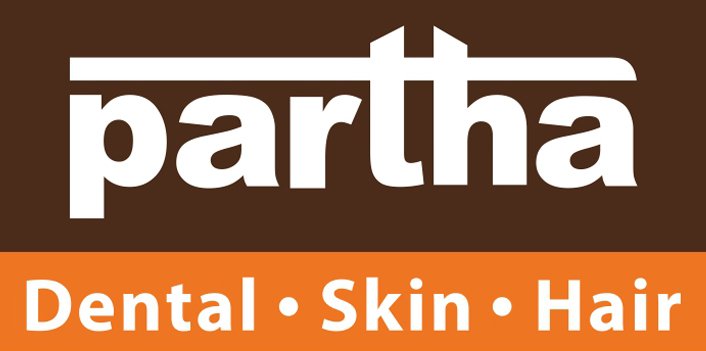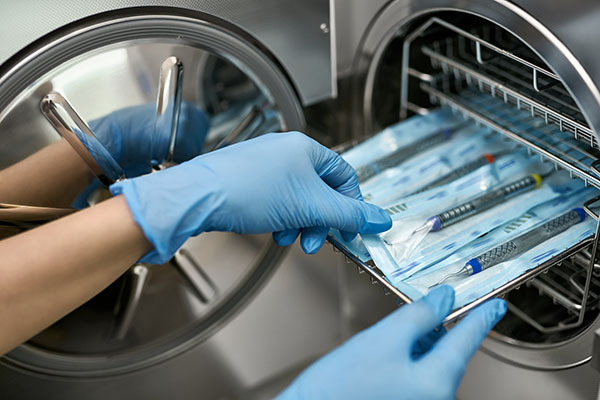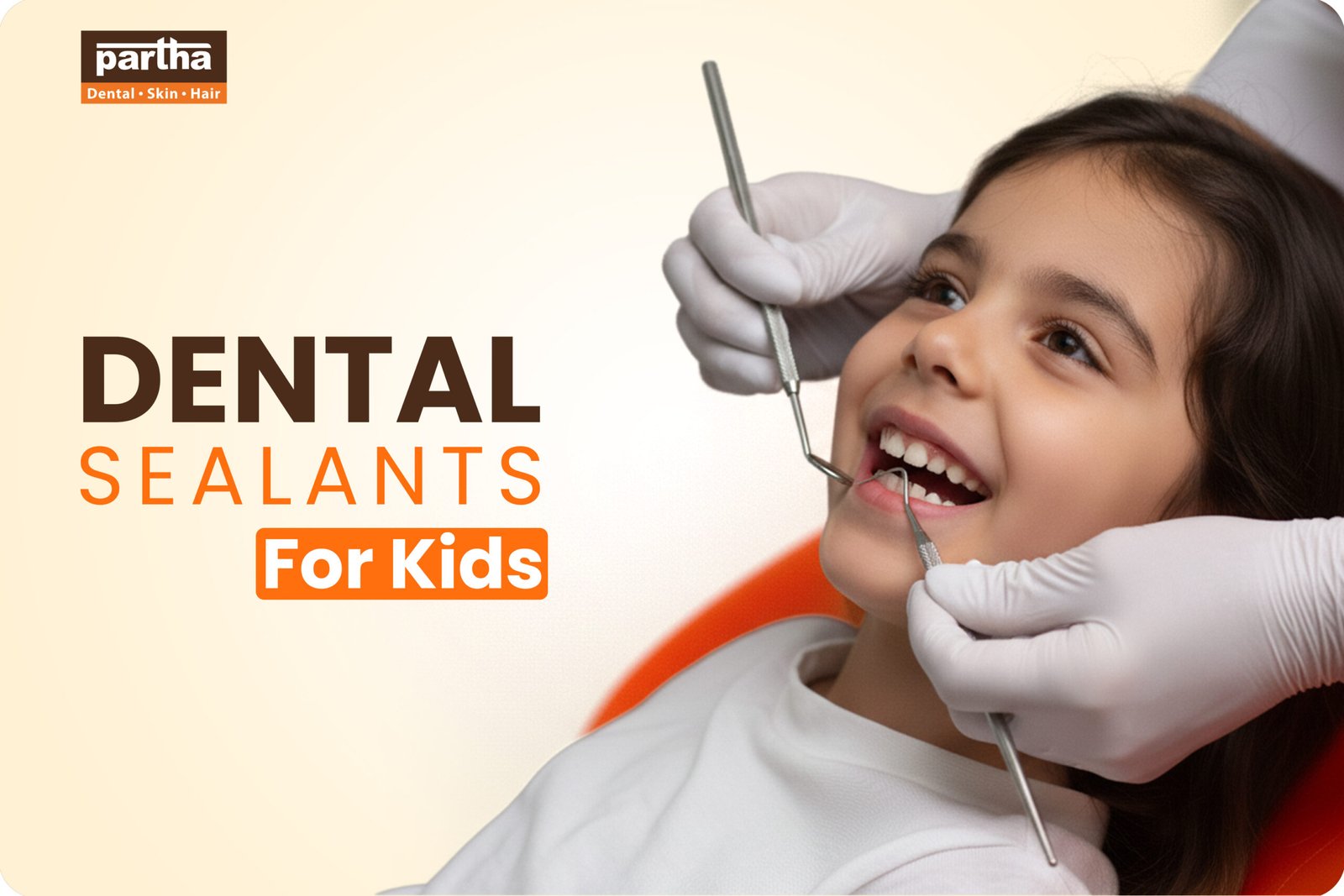Table of Contents
The truth is, trying to get your child to brush properly is like trying to get a cat to take a bath.
You’re going to try bribing, begging, soon you will probably lose emotional control, and even fall up to singing the “Brush BrushBrush” song but there will always be that snack crumb snuggled deep in the molars.
Dental sealants for kids — the caped crusader of our tiny four family molars!
At Partha Dental, we realize that it can feel like a second full-time job to keep your child’s mouth cavity-free!
Let’s discuss a little about dental sealants how they work, and why they are one of the smartest, simplest, and least traumatic options to maintain your child’s beautiful smile.
What Are Dental Sealants for Kids?
Putting on a dental sealant for kids is like wearing it like a raincoat — a protective coat for your child’s teeth! Dental sealants for kids are thin, durable coats which are painted on to the chewing areas of molars (the back teeth). These are the teeth that germs and food love to throw secret parties.
Sealants provide a protective layer against food debris, plaque, and acids from entering the little grooves and pits in those teeth.
Once this layer is put on, it will harden and protect the tooth, even when the child “forgets” to brush their teeth after eating a cookie mountain.
At Partha Dental, we often refer to sealants as “invisible armor for teeth” that are cool enough to brag about and are something that takes a short time at one visit
So How Do Dental Sealants Work?
Let us keep it simple — think of it as most people use paint on their house to protect it from the rain and dirt. The dental sealants process is painless, quick, and even somewhat fun! The steps to dental sealants are as follows:
1. Clean – The dentist will first clean the tooth carefully to remove any food debris or bacteria remaining on it.
2. Dry & Protect – The dentist puts on a gentle gel to make the surface of the tooth a little rough. This is to make the sealant attach properly.
3. Applying the sealant – The dentist applies the liquid sealant on the grooves of the tooth.
4. Curing (Drying) – A special blue light is used to set the sealant – and viola, a protective shield is up.
The full process will take about 10-15 minutes per tooth, and honestly, kids can often find the blue curing light too interesting especially if we call it a “laser beam of protection”.
Book your FREE consultationAre Dental Sealants Safe for Children?
To be concise: Yes, certainly.
When parents learn about sealants, one of the very first safety-related questions or anxieties that pops in their head is whether dental sealants are safe or not.
At Partha Dental, we only use materials that are safe, kid friendly, tested and approved. Sealants are safe and not toxic, and don’t interfere with eating, brushing or talking.
Now, let’s talk about dental sealantsBPA Despite the enormous scare, some dental sealants in the industry do have small amounts of BPA.
However, here is the fun fact: you would actually be exposed to more BPA exposure from just touching a receipt or from the air you breathe in your everyday room than you would from a dental sealant in the mouth. So, yeah – it has an insignificant amount; and besides most dental sealants now are BPA free.
The cost of dental sealants is determined by the number of teeth getting protected and the type of sealant being used, but it is still considerably cheaper than treating even one cavity.
“Sealants cost less than one dental filling, let alone a sore tooth!.”
Additionally, they are a one-time expense that will provide protection for multiple years from potential dental distress for you and your child when eating and drinking without worry.
Your child’s dentist will be able to choose from many different types of sealants for your child’s tooth.
The professional practice of applying the materials that make up the sealant is very similar to applying clear or white nail polish to teeth.
Here is a brief description of the different types of sealants:
1. Resin-based Sealants – these types of sealants are the most popular, using a resin material for sealant.They adhere very well, and are meant to last for the long run.
2. Glass Ionomer Sealants – These provide fluoride as they age, which adds another level of protection to teeth that may need that little more TLC.
3. BPA-free Sealants – Like the name suggests, these sealants are great for parents wanting to avoid those synthetic chemicals in their children’s mouths.
At Partha Dental, we are using the newest and safest kinds of dental sealants, tailored to the needs of each child, since every smile is different!
How Long Do Dental Sealants Last?
Dental sealants typically last anywhere from 3 to 7 years or more if they are maintained!
Dentists will examine the condition of the sealants at routine cleanings.If one happens to wear away, they are relatively easy to replace.
Encouraging your child to avoid biting ice and candy and to brush gently will help the sealants remain superhero strong!
A Day in the Life of an Imaginary Tooth with Sealant
Now, let’s pretend one of your child’s molars had the ability to talk right after its appointment for dental sealants:
“Hi there! I just got my brand new coat today. Super smooth, shiny, and now, cavity-proof! Thank you to my human for going to the dentist today. Now I can relax, sparkle, and chew on apples like a champ!”
Even teeth appreciate not having cavities thanks to sealants.
Call us now– 04041420000 to book your consultation today. We will gladly discuss the dental sealants process, recommend the types of dental sealants, and visibly share the “magic blue light” that becomes their tooth’s invisible shield!
FAQs
Absolutely not! The dental sealant procedure is completely without pain-no needles, no drills, and without that awful sound of dental drills. The kids usually would not even feel anything at all, just a quick air and light brush.
Dental sealants typically go on the first and second molars at age 6 to 12 years old respectively. But for kiddos who are cavity prone, it is best to seal that cavity at any age!
Nope! They are made of either specialty clear material or tooth-colored, so no one will even know they are applied to the tooth even when you smile wide or take a goofy selfie!
Sometimes, in wear and tear over time, a sealant can wear down or chip off as a result of your child chewing on something hard (especially pencil chewers!). This is why routine dental professional visits are important to check.
At each periodic cleaning appointment or the six-month cleaning appointment, the dentist checks to confirm that the sealant remains intact, providing a protection barrier of the tooth.
Definitely! Dental sealants are typically placed on younger children, however, adults with no cavities, can also receive sealants on their permanent adult molars if they have deep grooves on their teeth. Read more
Dental Questions? We’re here to help!
Disclaimer:
The prices mentioned in this blog are indicative and may vary based on the severity of the condition, technology used, and materials suggested by the Dentist. They are accurate as of the date of publishing and subject to change as per clinic policy. Third-party or AI-generated estimates may not reflect actual clinic pricing. For accurate costs, please visit your nearest Partha Dental clinic.




